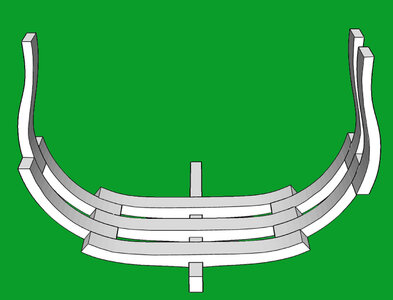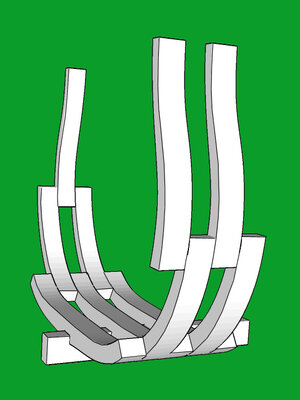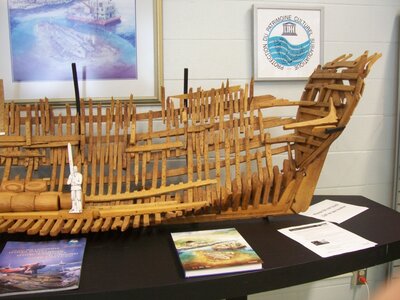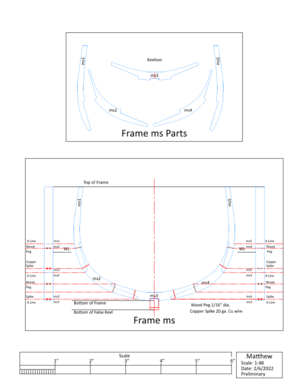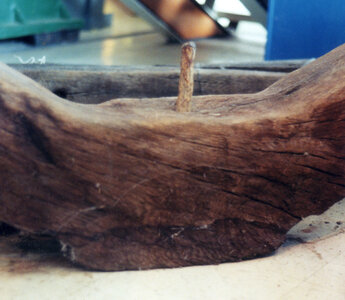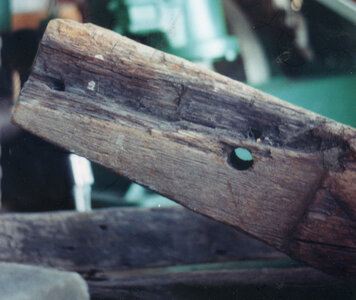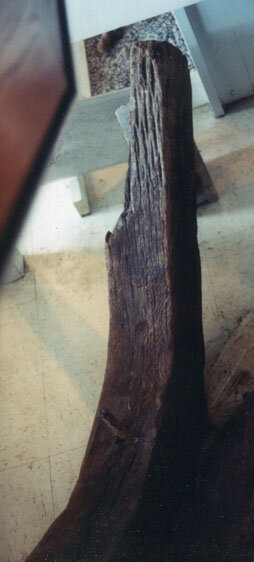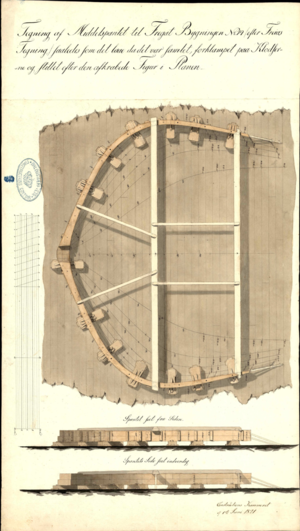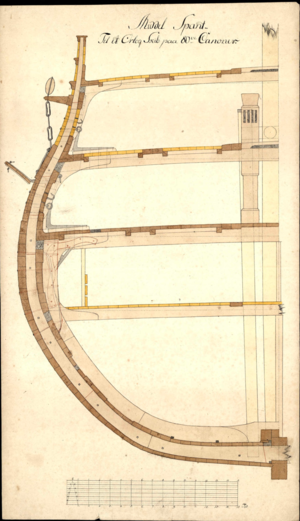- Joined
- Aug 10, 2017
- Messages
- 1,646
- Points
- 538

This will be the build log for John Cabot’s ship the Matthew. It was a small ship without a lot of carvings and gingerbread and there is a lot of information about the ship on this site and Model Ship Builder. The model will be plank on frame, and since the is no original drawing there is opportunities for reasonable customization with a personal touch.
A brief history from Wikipedia.
The Matthew is a replica of a caravel[1] sailed by John Cabot in 1497 from Bristol to North America, presumably Newfoundland. After a voyage which had got no further than Iceland, Cabot left again with only one vessel, the Matthew, a small ship (50 tons), but fast and able. The crew consisted of only 18 men. The Matthew departed either 2 May or 20 May 1497. He sailed to Dursey Head (latitude 51°36N), Ireland, from where he sailed due west, expecting to reach Asia. However, landfall was reached in North America on 24 June 1497. His precise landing place is a matter of much controversy, with Cape Bonavista or St. John's in Newfoundland the most likely sites.
All the framing and keel is made from European beechwood. The model will be about 20 inches long a good size for me to work on.
This is a few photos of the keel assembly and drawing used for it.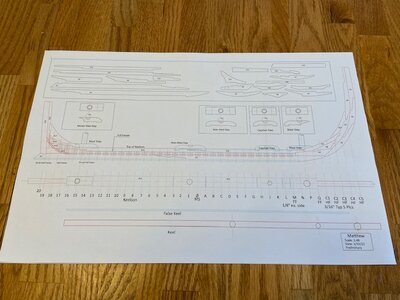
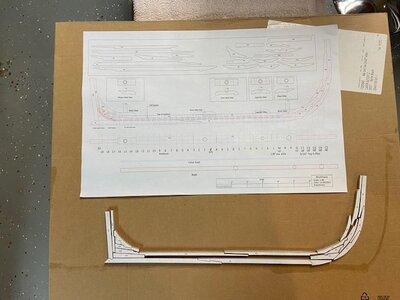
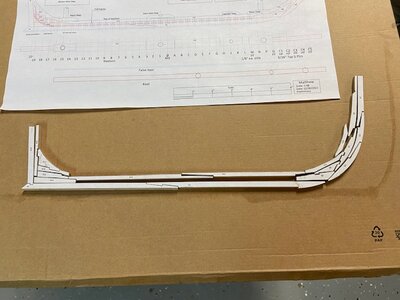
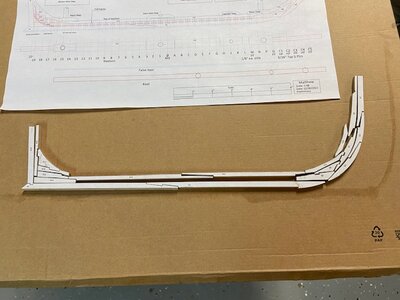
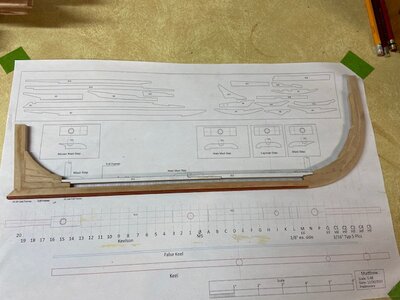
A brief history from Wikipedia.
The Matthew is a replica of a caravel[1] sailed by John Cabot in 1497 from Bristol to North America, presumably Newfoundland. After a voyage which had got no further than Iceland, Cabot left again with only one vessel, the Matthew, a small ship (50 tons), but fast and able. The crew consisted of only 18 men. The Matthew departed either 2 May or 20 May 1497. He sailed to Dursey Head (latitude 51°36N), Ireland, from where he sailed due west, expecting to reach Asia. However, landfall was reached in North America on 24 June 1497. His precise landing place is a matter of much controversy, with Cape Bonavista or St. John's in Newfoundland the most likely sites.
General characteristics | |
| Type: | replica caravel |
| Displacement: | 85 |
| Tons burthen: | 50 |
| Length: | Length overall: 78 ft (24 m) |
| Beam: | 20 ft 6 in (6.25 m) |
| Height: | 72.5 ft 6 in (22.25 m) |
| Draught: | 7 ft 6 in (2.29 m) |
| Decks: | 2 |
| Installed power: | 200hp Caterpillar 3116 |
| Propulsion: | sail, engine |
| Sail plan: | caravel |
All the framing and keel is made from European beechwood. The model will be about 20 inches long a good size for me to work on.
This is a few photos of the keel assembly and drawing used for it.







